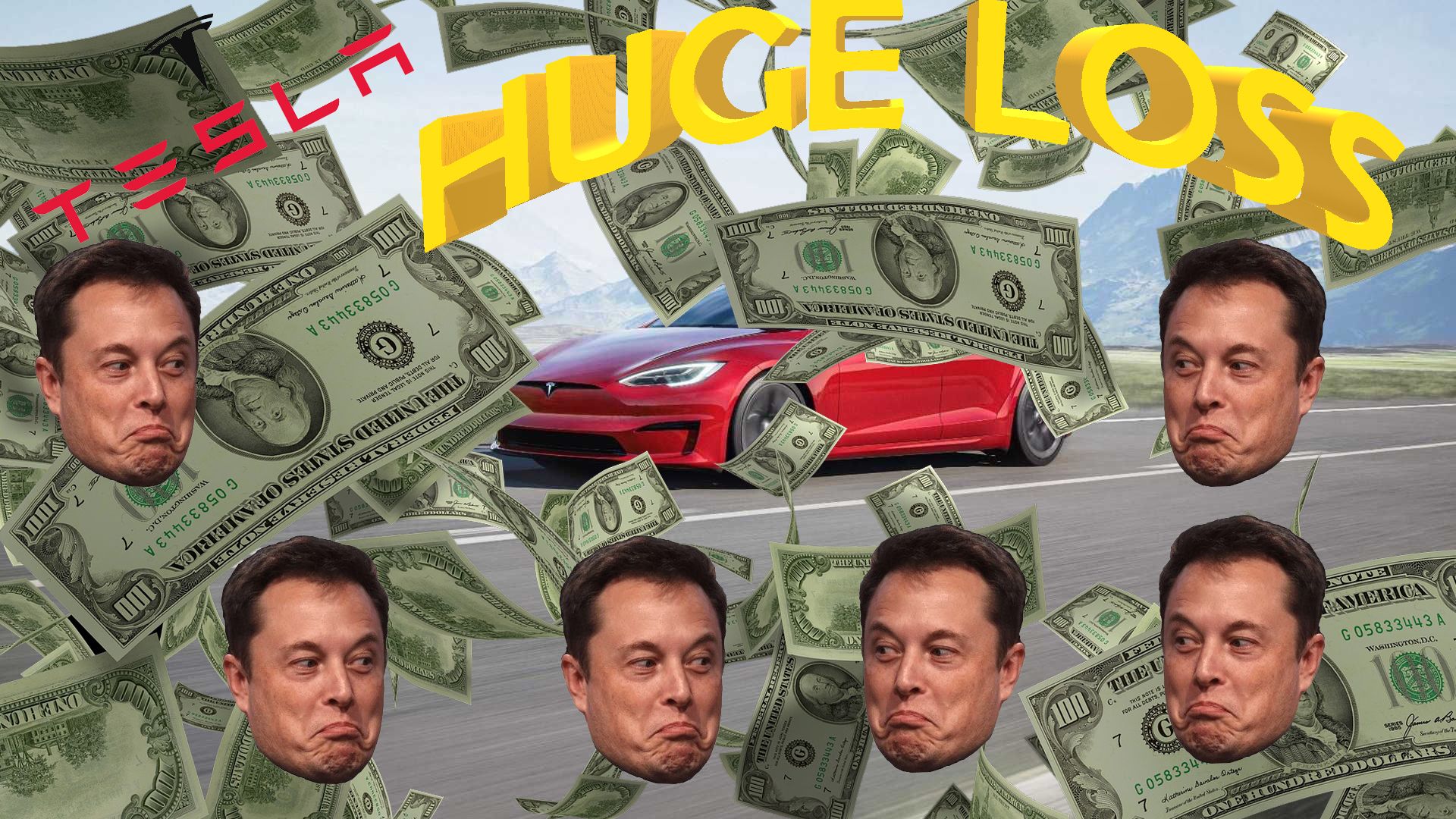Automakers are in business to make money. This statement holds true for everyone from Mercedes-AMG to Ford, Chevy, and even Tesla. However, everything isn’t always peachy in the automotive economy, and today we’re here to talk about how Tesla is a prime example of that. To make a long story short, Tesla would have posted a major loss – to the tune of more than $800 million – if it wasn’t for a massive amount of regulatory credits. 2020 might have worked out for Tesla on paper, but its current business model won’t keep it from going under in the long run. How do I know? Well, Telsa actually lost $1,759 for every car it delivered in 2020.
Tesla Posted a Profit in 2020 But Lost Money?
If you don’t look very deep, it would look like Tesla did pretty good in 2020. It delivered a total of 499,500 cars and posted a net income of $721 million. That’s pretty good for Tesla, right? Well, it would be, except that Tesla also received $1.6 billion in regulatory credits, and that’s how it managed to post a profit. Without the $1.6 billion in regulatory credits, Tesla would have posted a loss to the tun of $879 million. The biggest bit here is that Tesla can’t sustain itself like this very long. As established by Gordon Johnson of GLJ Research to CNN Business,
The math is very simple. Take Tesla’s net income of $721 million and subtract the $1.6 billion in regulatory credits. You’re left with a deficit of $879 million. Divide that by the number of cars tesla sold, and you come up to a total loss of $1,759 per car. Of course, certain cars will lose more than others, but this is an average across the board for the Model S, Model X, Model 3, and Model Y. The Cybertruck, Roadster, or Semi don’t’ count as there were zero deliveries made.
On that note, Tesla is apparently aware of the problem. While it doesn’t look good in the long run, Tesla’s CFO, Zachary Kirkhorn, admits that this business model may continue for a “handful of additional quarters” or it may not. Either way, it’s supposedly not a part of Tesla’s long-term business plan:
So this raises one very big question – if Tesla isn’t going to depend on the regulatory credits for much longer, how can the current business model keep the company afloat? For those uneducated in the inner workings or automotive finance like myself, it doesn’t look like it can. I’m sure there’s some magic to be made behind the scenes, but somehow Tesla will have to not only make up that $1,759 loss per car but also flip that number to actually make a profit. Otherwise, Tesla isn’t going to be around very long.

